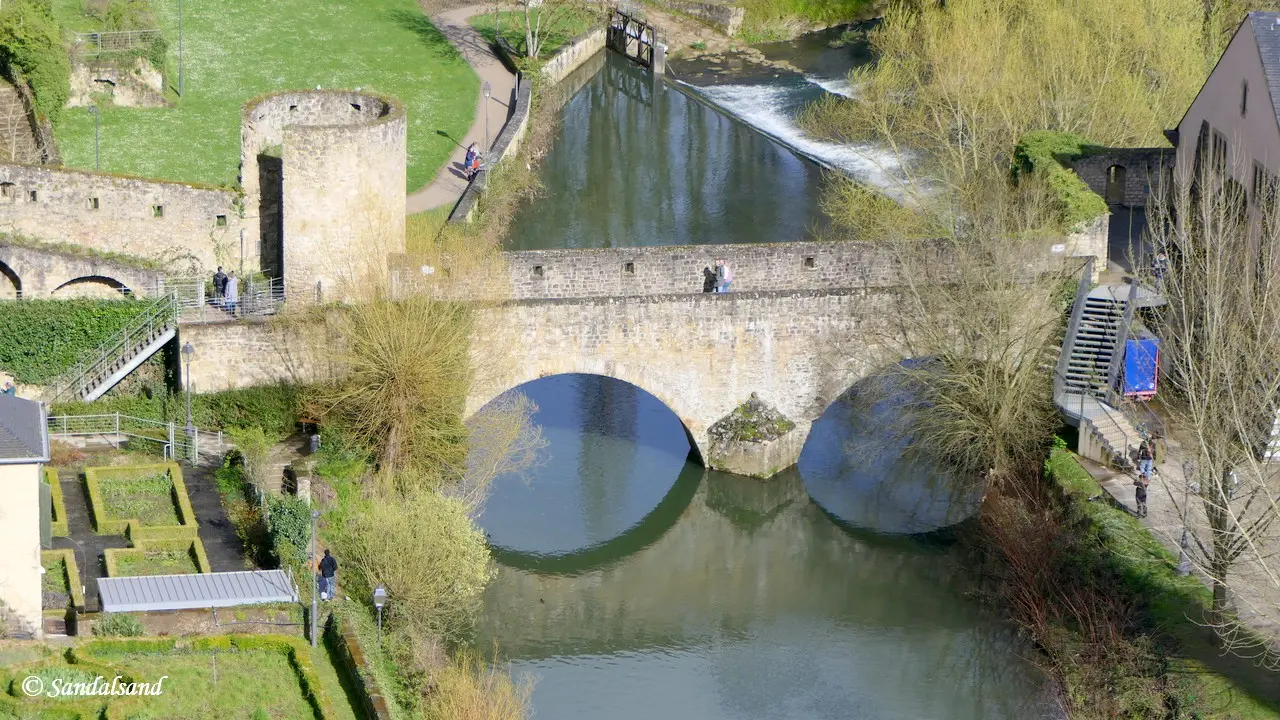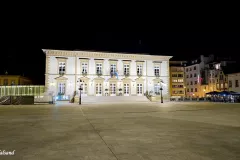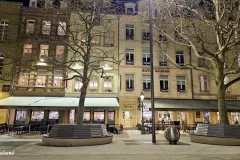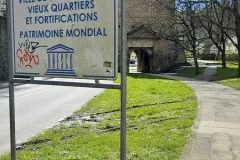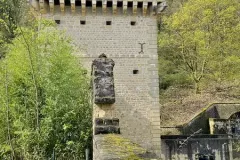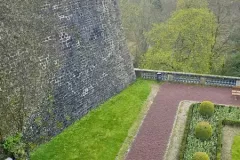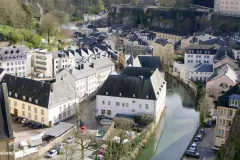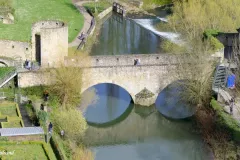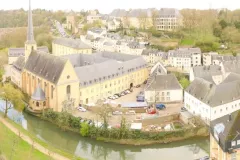The city of Luxembourg evolved for a thousand years as one of the best fortified cities of Europe. Today, it offers charming remains and buildings from the last 200 years or so.
The UNESCO World Heritage List includes over a thousand properties. They have outstanding universal value and are all part of the world’s cultural and natural heritage.
Official facts
- Official title: City of Luxembourg: its Old Quarters and Fortifications
- Country: Luxembourg
- Date of Inscription: 1994
- Category: Cultural
UNESCO’s World Heritage Centre’s short description of site no. 699:
Because of its strategic position, Luxembourg was, from the 16th century until 1867, when its walls were dismantled, one of Europe’s greatest fortified sites. It was repeatedly reinforced as it passed from one great European power to another: the Holy Roman Emperors, the House of Burgundy, the Habsburgs, the French and Spanish kings, and finally the Prussians. Until their partial demolition, the fortifications were a fine example of military architecture spanning several centuries.
More about it
The Old City of Luxembourg is situated at the confluence of the Alzette and Pétrusse Rivers on a steep rocky outcrop. It has a natural fortification that was historically only vulnerable on its west side. This strategic location made it one of Europe’s largest fortresses, frequently enhanced by various European powers.
Initially, the city consisted of a small castle built in the 10th century. By the 12th century, a stone fortification wall protected the growing settlement, which expanded in the 14th and 15th centuries. In 1443, Burgundy troops captured the city, which later passed to the Habsburgs and became Spanish until 1684. During this time, the fortress was significantly strengthened. Under King Louis XIV, Vauban expanded the fortifications. The Austrians continued this work in the 18th century, creating the “Gibraltar of the North.” After the Congress of Vienna, the Prussians added new military structures until most fortifications were dismantled in 1867 following the Treaty of London. Despite this, many remnants like gates, forts, bastions, redoubts, and casemates remain.
The city’s historical layout, public buildings, and streets have been preserved, showcasing its development since the 10th century. Quarters inside and near the ramparts housed residents, trades, crafts, and places of worship, such as St. Michel and St. Nicolas churches, and the Abbey of Neumünster. In the Upper Town, aristocratic families and religious communities built mansions near administrative and official institutions. The old quarters retain the character of their former inhabitants and activities.
Today, the city remains a significant historical ensemble, exemplifying a fortified European city with a rich variety of military vestiges that illustrate a long period of Western history.
My visit
The city of Luxembourg is the capital of the rather small European state of Luxembourg. Most people in the country make their living here, and the city hosts several international organisations as well. Sandalsand’s visit in 2024 was long overdue. This was the only country in Western Europe I had not visited before.
I spent a few days in the city, and made excursions east, west and north to see other parts of the country. Anyway, this heritage site is the city centre itself. It was a very pleasant visit, as I found very easy to get around in both on foot and on free public transport (buses, trams, even a funicular and an elevator). One day I joined a guided walking tour through the historic part of the city, and was very content with that.
I have, yet, not written any account or travelogue from my visit. We’ll see about that some time in the future.
Find more articles from Luxembourg here on Sandalsand.

